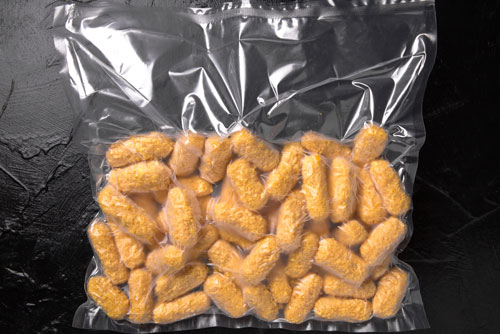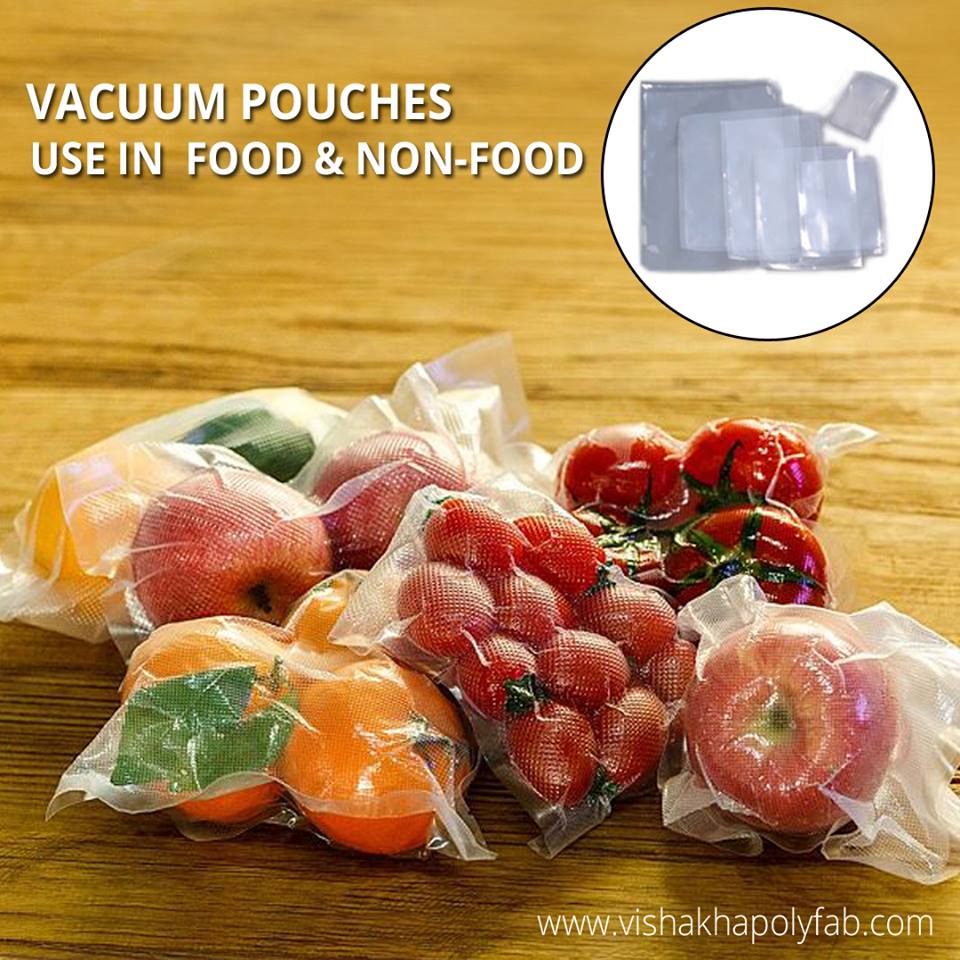Sterilization Pouches are a popular choice when packaging contaminated or used equipment. This type of packaging material allows the sterilizing agent to be absorbed and penetrated into the items being packaged, without contamination occurring. These pouches come in a variety of sizes and materials, so they are easily customized to fit your needs. The tamper-evident seals ensure that the package cannot be opened by accident, which helps prevent cross-contamination.
What is Reusability Inspection of Sterilization Pouches?
Reusability inspection of sterilization pouches is crucial because sterile items can be contaminated. Typically, paper/plastic pouches are used in steam sterilization processes. When the integrity of the pouch is lost, contamination is inevitable. However, using the same pouch multiple times can reduce tear and tear damage.
Studies on the safety of reusing sterilized pouches in the clinical setting have not been conducted. However, reusing is a common practice in Thailand. A reliable study found that more than 80% of private clinics in Thailand reused pouches.
Despite these practices, the current study aims to find out the impact of time on sterility of reused pouches. Several factors could influence microbial contamination. The most reliable method for detection of microorganisms is biological monitoring.
To perform this investigation, 320 sterilization pouches were prepared. Each pouch contained filter paper and an internal chemical indicator. All pouches were inspected for reusability.
After being inspected, 29 pouches were excluded. These were mostly from the first and second uses. Biological and physical inspection were performed on all pouches. A number of samples showed microbial contamination. Moreover, a number of pouches had holes.
The remaining 291 pouches passed all four sterilization cycles. Some of the samples were re-used with improved integrity. In addition, the use of filter paper was found to reduce microbial contamination.
During reusability inspection, pouches were examined for positive color change of chemical indicators. Additionally, a mouth mirror was packed in each pouch.
Pouches were then placed in a tray. After 6 months of storage, a quality check was performed. Only pouches that passed the quality check were reused. Afterward, the filter paper inside the pouch was removed and tested for microbial contamination.
How to Select Sterilization Pouches?
Using sterilization pouches is a safe way to maintain the sterility of your medical instruments. This type of packaging is made of high-quality materials to protect your tools. They are available in a wide variety of sizes. The correct size is important to ensure that your instruments are not damaged while in storage. Sterilization pouches should be designed to fit your devices without overcrowding.
To prevent leakage and punctures, your pouch should be properly sealed. Ideally, the seal should be made of either a self-seal or manually heat-sealed pouch. In order to achieve an airtight seal, your pouch should be a minimum of 2 millimeters thick. It should also have an edge that is at least an inch in height. If you are using manual heat-seal pouches, make sure that the fold is clear of wrinkles.
You should store your sterile pouches in a dry, well-ventilated room. The humidity should be below 70%. Avoid storing these pouches under sinks and cabinets. Store your sterile supplies in a covered cabinet.
To monitor the sterilization process, you can use an indicator. These indicators show a color change to indicate that the pouch is undergoing the sterilization process. Some indicators only show a pink or blue color to signal that the device has been properly sterilized. Other indicators have multiparameter indicators, such as an internal and external process indicator.
When selecting your sterile pouch, it is important to find one that is made of medical grade paper. This type of paper is not recycled, but is made from certified, porous material that meets medical standards.
For your convenience, sterilization pouches are available in a variety of sizes.
Packaging Materials Allow Penetration of the Sterilizing Agent
Packaging materials used in sterilization pouches must be designed to allow penetration of the sterilant. They must also be compatible with the sterilization process and medical devices. To ensure that they are effective, they should be analysed and validated by the manufacturer.
For example, paper/plastic peel pouches are made of durable plastic or woven fabrics, and are ideal for small, lightweight instruments. The sides are often plastic, and the insides are clear.
These pouches can be self-sealing or heat-sealed. In addition to allowing for steam penetration, these wrappers provide a barrier against moisture and microorganisms. However, this type of packaging can be problematic.
When using nonwoven polypropylene materials, the sterilant gases can penetrate the package. A potential disadvantage to this type of packaging is that it leaves a moist internal surface after the package is finished sterilizing.
To help prevent the loss of sterility, some hospitals require double-wrapping before processing. Double-wrapping may include two or more layers of woven or nonwoven material.
Alternatively, a pre-packaged unit may contain indicators that show whether or not the item has been treated with a specific sterilant. Some indicators are biological, while others are chemical.
These types of indicators may be placed on the outside of a package, or inside the package. If the indicator is on the outside, it may show lines or spots when exposed to high temperatures. This may be an indication of autoclaved material.
Another option is to use temperature-sensitive tape on the package. Tapes can be labelled with a dark marker, and should be resistant to moisture and smearing.
Using this technique allows you to quickly and easily determine if a particular load has been processed. You can also track the batch number and date to find the exact batch that was processed.
Tamper-Evident Seals Help Prevent Contamination
Tamper-evident seals on sterilization pouches can help you protect your goods from contamination and tampering. In addition, they can improve your brand image.
First, the seal must be secure. Depending on your product, there are several different options for sealing it. Examples include heat induction seals and breakable ring closures.
Second, the seal must be functional. Most consumers will avoid purchasing a product with a torn seal. To wit, the torn seal can indicate a package has been opened.
The seal should be obvious. In addition, the package must be durable. This is especially important if it will be handled by a variety of people.
A tamper-evident seal can be as simple as a label or as complex as a complex system. It is up to you to make the best choice for your needs.
Tamper-evident seals on pouches can improve the security of your goods and help ensure they arrive safely. In addition, this type of packaging helps you reduce food waste. Plus, you will know if a package has been tampered with, thanks to the seal’s clever design.
Finally, the seal must be easy to open. This can be as simple as a peel-and-stick pouch made from paper or plastic. Alternatively, you could invest in a sophisticated tamper-evident tape. If you do decide to go the tape route, you might want to look into tamper-evident tapes that leave behind a ding-dong when they are removed.
Using the right tamper-evident seals on sterilization packaging can give you peace of mind and enhance your chain of custody. You can also trust a business that takes the time to protect your goods.
The Bottom Line
The most common types of pouches used in steam sterilization are paper/plastic pouches. These contain a filter paper inside the package to prevent microbial contamination.
These pouches are made of high-grade materials. Most of the openings on these pouches contain built-in adhesive. This makes it easier to open and close them.
Sterilization pouches are used for a variety of medical devices. These include needles, dental instruments, and precision equipment.
Sterilization pouches should be stored in a dry, well-ventilated area. In addition, they should be placed in covered cabinets to avoid cross-contamination.



